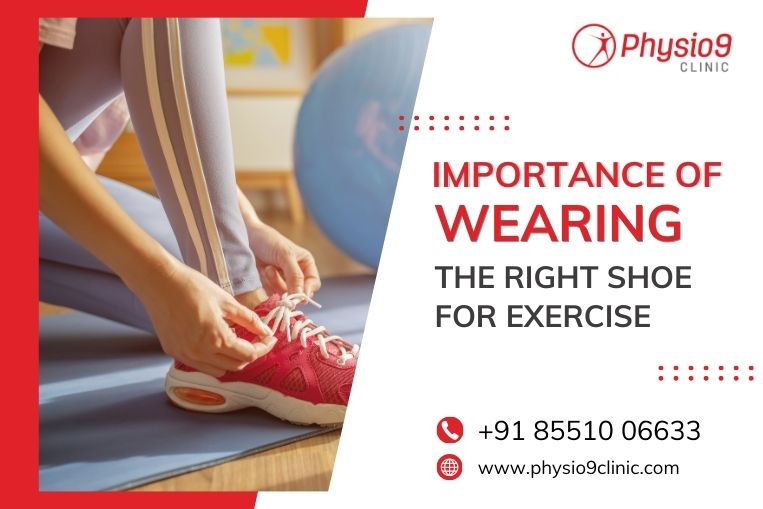We’ve all been there—starting a workout routine with whatever pair of shoes we can find at the back of the shoe rack. But if you think your old cricket shoes can handle gym workouts, or that your casual sneakers are good for running marathons, you’re in for a surprise.
Picking the wrong footwear for exercise isn’t just a rookie mistake; it’s a fast track to pain, injuries, and extra visits to the physiotherapist.
The Right Shoe = The Right Support
Think of your shoes as the foundation of your workout. Whether you’re pounding the pavement on a morning jog or breaking a sweat during a Zumba session, your feet are doing all the hard work. Wearing the wrong shoes is like sending a soldier to war with kitchen slippers—recipe for disaster.
Different activities require different types of support. Running shoes are built for forward motion, with good cushioning to absorb impact. Training shoes, on the other hand, are designed for side-to-side movement. So, before you head out to conquer the treadmill, ask yourself: are your shoes up to the task?
Comfort Is King (Or Queen!)
If you’ve ever worn tight shoes and felt like your toes were plotting a rebellion, you’ll know how important comfort is. Uncomfortable shoes can lead to blisters, calluses, or even more serious conditions like plantar fasciitis. If you don’t know what they are, Google it.
When choosing exercise shoes, always prioritize fit and comfort. A good pair of shoes should feel snug but not tight, with enough room for your toes to wiggle. And remember, feet swell during the day, so try shopping for shoes in the evening when your feet are at their largest.
Injury Prevention: A Stitch in Time Saves Nine
Did you know that many common exercise injuries—like shin splints, ankle sprains, or knee pain—can often be traced back to improper footwear? Wearing the right shoes reduces the risk of injury by providing proper cushioning, stability, and support.
If you’ve been struggling with pain or discomfort during workouts, it might not be your form but your footwear that’s the culprit. And if the pain lingers, consulting the best sports physiotherapist could give you expert guidance on both recovery and prevention.
If you are searching for the best sports physiotherapist in Pune, book an appointment with our expert at Physio9.
One Size Does Not Fit All
Not all feet are created equal. Some people have flat feet, while others have high arches. Some need extra cushioning, while others require motion control. Understanding your foot type is crucial in finding the right pair of shoes.
Most good shoe stores offer a foot assessment, or you can consult a physiotherapist to understand your specific needs. A shoe that works wonders for your friend might leave you limping, so don’t blindly follow trends.
Replace, Don’t Repair
We Indians love to get the most out of our purchases. But when it comes to exercise shoes, it’s better to replace them than try to stretch their lifespan. Over time, even the best shoes lose their cushioning and support, making them ineffective.
If your shoes look like they’ve seen more action than a Bollywood fight sequence, it’s time to invest in a new pair. As a rule of thumb, running shoes should be replaced every 500-800 km. I know it isn’t possible to track the kilometers as you do on a bike, but thanks to the smartwatch, now it’s possible. However, other workout shoes should be replaced every 6-12 months, depending on usage.
Parents, This One’s for You
If you’re a parent of a young athlete, don’t underestimate the importance of proper footwear for your child. Kids’ feet are still growing, and wearing the wrong shoes can lead to long-term problems. Invest in shoes designed for their specific sport, and keep an eye on when they outgrow them. Trust me, their future selves will thank you.
Your Workout, Your Responsibility
Whether you’re a seasoned athlete, a beginner hitting the gym for the first time, or a parent looking out for your budding sportsperson, the right footwear can make all the difference. It’s not just about comfort—it’s about safety, performance, and enjoying your workouts without the constant fear of injury.
And if you’re dealing with aches or pains that won’t go away, reaching out to the best sports physiotherapist can help you figure out what’s going wrong. So, lace up the right shoes, let your feet carry you towards Physio9, and consult the team of the best physiotherapist in Pune.
For more information, book an appointment with our expert!







